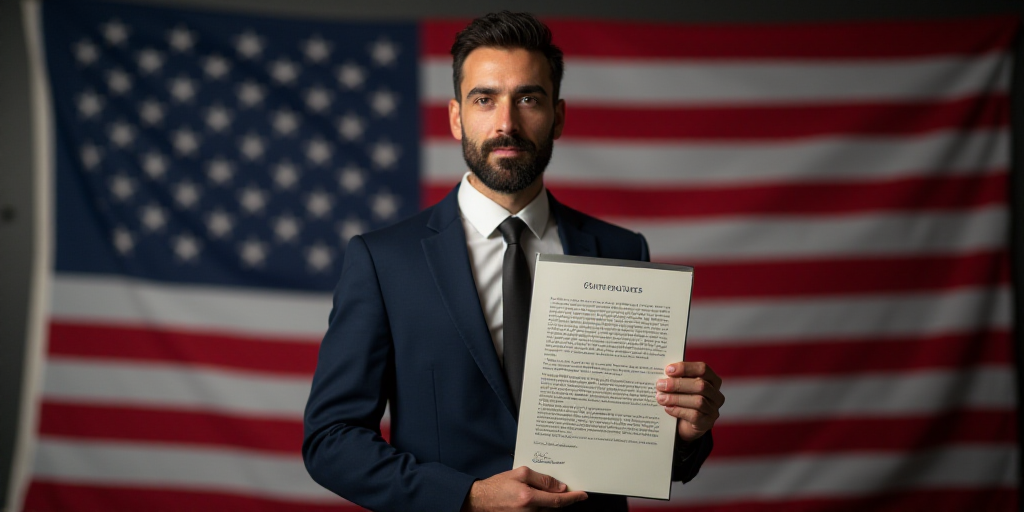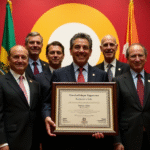Background on Donald Trump and His Relevance
Donald J. Trump served as the 45th President of the United States from January 20, 2017, to January 20, 2021. Known for his business acumen and reality TV fame, Trump brought a unique style to the White House. His presidency was marked by controversial policies, including trade tariffs that significantly impacted global commerce.
The Announcement of Uniform Tariffs
On this particular Wednesday, President Donald Trump announced that he would be sending a single letter to approximately 150 countries, establishing a uniform tariff for all of them.
Trump did not specify the new tariff rate. Currently, these countries face an additional 10% tariff at US customs since Trump set this rate in April.
Differential Tariffs for Select Nations
In recent weeks, Trump has implemented differential tariffs ranging from 25% to 40% for more than a dozen countries. These nations include Vietnam (20%), Japan, South Korea, and Malaysia (25%), Mexico (30%), Canada (35%), the Philippines, and Cambodia (36%), as well as Laos and Myanmar (40%).
These tariff hikes, with exceptions, will apply to most products, excluding Mexico and Canada. The tariff increase is scheduled for August 1.
Trump’s Rationale and Legal Challenges
Trump stated, “It will be the same for all of them… They are not big countries and they don’t do much business. Not like those with whom we have agreements, such as China and Japan.”
Earlier, Trump had suggested that the new base tariff for these 150-plus nations could range from 15% to 20%. He invoked the International Emergency Economic Powers Act (IEEPA) to impose tariffs on most US imports.
However, this move sparked immediate reactions. Several parties filed lawsuits arguing that the IEEPA does not grant the president authority to apply such tariffs. In May, two federal district courts sided with the plaintiffs, ruling that Trump had exceeded his legal authority.
The cases V.O.S. Selections, Inc. vs. United States and Learning Resources, Inc. vs. Donald Trump set a precedent. The V.O.S. Selections ruling also included Oregon’s lawsuit against the Department of Homeland Security.
Currently, these judicial decisions are stayed as higher courts review the federal government’s appeals.
Trump’s Tariff Initiatives
Initially, on February 1, 2025, Trump invoked the IEEPA to impose tariffs on China, Canada, and Mexico imports, citing drug-related and illegal immigration emergencies.
Later, on April 2, 2025, Trump declared a separate emergency due to the lack of reciprocity in US bilateral trade relations, disparities in tariff rates, non-tariff barriers, and economic policies of US trading partners that suppress domestic wages and consumption. These issues are highlighted by the persistent annual trade goods deficits of the United States.
Based on this declaration, Trump invoked the IEEPA to impose tariffs of at least 10% on almost all US trading partners’ imports and higher reciprocal tariffs for specific countries. Subsequently, Trump made several adjustments to these tariffs.
Key Questions and Answers
- What is the main announcement by President Trump? President Trump announced that he will send a single letter to around 150 countries, establishing a uniform tariff for all.
- What are the current tariffs imposed on these countries? These countries currently face an additional 10% tariff at US customs since Trump set this rate in April.
- Which countries have been subject to differential tariffs? Countries like Vietnam (20%), Japan, South Korea, Malaysia (25%), Mexico (30%), Canada (35%), the Philippines, Cambodia (36%), Laos, and Myanmar (40%) have been subject to these differential tariffs.
- When will these new tariffs take effect? The tariff increase is scheduled for August 1.
- Why did Trump invoke the International Emergency Economic Powers Act (IEEPA)? Trump invoked the IEEPA to impose tariffs on most US imports, citing drug-related and illegal immigration emergencies, as well as disparities in trade relations and economic policies of US trading partners.
- What legal challenges has Trump faced regarding these tariffs? Trump has faced legal challenges from parties who argue that the IEEPA does not grant him authority to apply such tariffs. Two federal district courts have ruled that Trump exceeded his legal authority.






